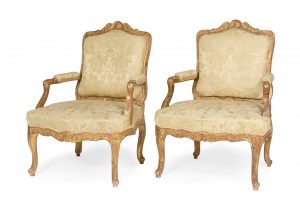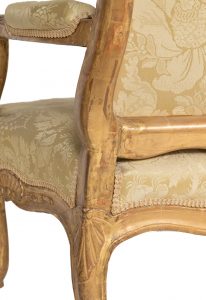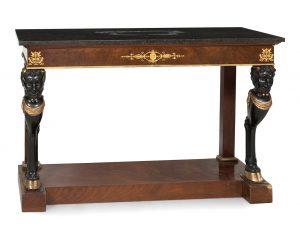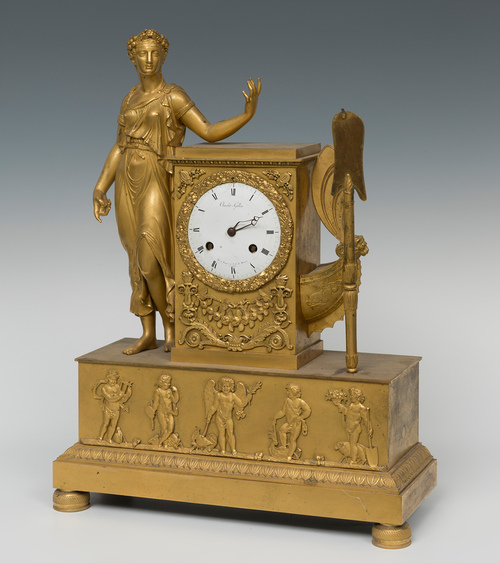
Gold in the decorative arts
The fascination with gold has been present in all ages and cultures throughout history. For six millennia, gold has been considered one of the most precious and valuable materials. Its scarcity, its difficult oxidation and, of course, its characteristic luster and color make it the perfect coin of exchange, a must in jewelry and watchmaking, as well as being considered the highest element in sculpture. Its physical properties were understood as a reflection of the mystical character that surrounds it. The ancient Egyptians represented their gods made of this material and the Greeks and Romans applied the same canon in their great sculptures, such as the monumental Athena of the Parthenon.
The scarcity of gold is one of the most important elements in generating this attraction. From its earliest applications we can see how gold has been manipulated to get the most out of it, using the least amount of material. Different alloys and uses such as the gold leaf technique, gilded bronze or “ormulu” or “vermeil” have allowed its use and its applications, one of the most widespread in the world of decorative arts.


The trousseau of the pharaohs was full of beds, chairs and carts covered with gold sheets that simulated being made entirely of this material, with a significantly lower cost. This ancestral use has been extended to the present day.
In the Baroque period, following the precepts of the Council of Trent, the places of worship were transformed to adapt them to the theatrical spectacle that would help to bring the faith closer to the people. These churches would be modified with less noble materials that were later dignified with gold gilding.
During the 16th and 17th centuries, the technique of gilded bronze was perfected. This technique involved subjecting the bronze sculptures to extremely high temperatures, which were then covered with gold and, once cold, the support was meticulously burnished with agate until it reached the color and shine of a jewel. This quality would reach its peak thanks to the dangerous technique of mercury gilding. French craftsmen called it “ormulu” and the finish achieved would not be surpassed in the future, not even with the technological improvements of the Industrial Revolution.
The artisanal processes that took place between the end of the 18th century and the beginning of the 19th century resulted in high quality pieces. The tops of the furniture were worked with the same care and attention as a sculpture or a piece of goldsmith’s work. The involvement of different masters in each discipline required a very specific and careful work, just to make a console, for example, would require a designer probably trained as an architect, a sculptor for the work of wood carving and applications, bronze casters and gilders, with the mercury technique, as well as cabinetmakers, varnishers and marble workers. All this team of people to carry out a work of art turned into a piece of furniture.








